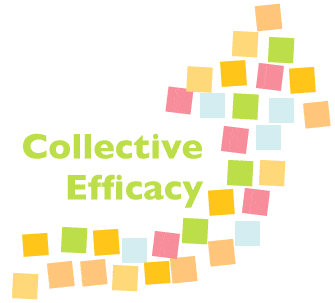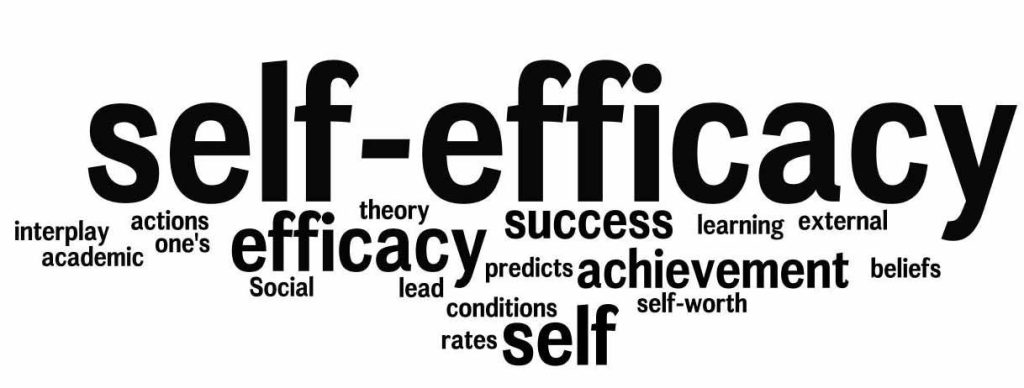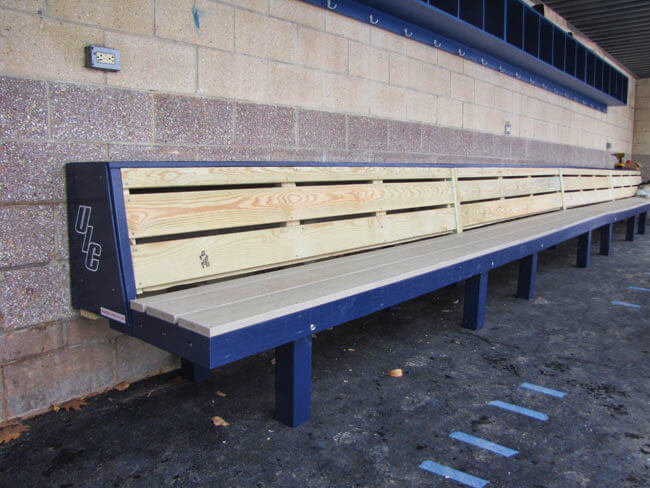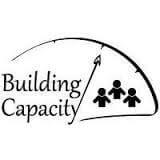The Impact of Collective Efficacy on Student Achievement (Part 4)

In the previous three parts of this blog, we have looked at the effect of collective efficacy on student achievement, influences upon collective efficacy and supports needed to foster collective efficacy. This final installment discusses a model for professional development for school leaders that enables them to foster a culture of efficacy in their building. […]
Follow through: It isn’t just about your golf swing (Part 1)

A couple of years ago I was looking at our school district’s data regarding the number of classroom observations that were being conducted. We had been focusing on using walk-through forms to collect data and follow through conversations to give teachers objective feedback regarding their teaching, Visible Learning and Teaching and student engagement. Many hours […]
The Impact of Collective Efficacy on Student Achievement (Part 3)
In Parts 1 and 2 of “The Impact of Collective Efficacy on Student Achievement” we discussed the definition, effect size and influences on teacher efficacy. Part 3 of this series explores what supports need be in place to increase teacher efficacy. Support and Self Efficacy There is strong evidence that the level of support teachers […]
The Impact of Collective Efficacy on Student Achievement (Part 2)

In “The Impact of Collective Efficacy on Student Achievement (Part 1)” we gave an overview of the definition and effect size of collective efficacy. Jenni Donohoo writes in “Fostering Collective Teacher Efficacy: Three Enabling Conditions” According to the Visible Learning Research (Hattie, 2012), this is more than double the effect size of feedback (0.75). Collective teacher efficacy […]
The Impact of Collective Efficacy on Student Achievement (Part 1)

When looking at the influences on student achievement, it is important to focus on those things over which we have some amount of control. One of the influences with the greatest impact is collective teacher efficacy. Wayne K. Hoy, Professor Emeritus of the Ohio State University defines collective efficacy as: “the shared perceptions of teachers in a […]
Building Capacity in Assistant Principals: Is on the job training enough? (Part 3)

Developing Instructional Leaders In Part 1 of “Building Capacity in Assistant Principals” we looked at why it is important to work with your current assistant principals to develop their instructional leadership skills. In Part 2 we focussed on how to assess the readiness of your current APs and identify which will be ready to move […]
Building Capacity in Assistant Principals: Is on the job training enough? (Part 2)

How deep is your bench? Assessing your assistant principals’ readiness. As we stated in Part 1 of “Building Capacity in Assistant Principals”, it may be up to the assistant principal to seek out opportunities on their own or it can be a collective effort between a principal and their assistant. In some districts, assistant principal development […]
Building Capacity in Assistant Principals: How Deep is Your Bench? (Part 1)

Building Capacity in Assistant Principals: Is on the job training enough? A lot has been written about professional development for teachers over the past few years. While I am in complete agreement that teachers need continual opportunities for professional learning, I find we are overlooking one important group of educators in our PD plans. Assistant […]
Herding Cats: How to Get Resistant Teachers On the Bus

Tips for getting resistant teachers to change their practice We all have dealt with resistant teachers. The members of our staff that sit in the back of faculty meetings doing Sudoku, grading papers or taking a quick nap. Getting resistant teachers to embrace new ideas can be like herding cats. The philosophy that they will […]
SIE: 5 Key Elements for a Meaningful Walkthrough

The main objective of using eObservations walkthrough tools is to improve instruction by providing formative feedback to teachers. If your teachers are only accustomed to observations that are evaluative, it is essential that you do some work prior to beginning walkthroughs. 1. Communication: Many teachers comment that they have either never been observed or the observations they […]
